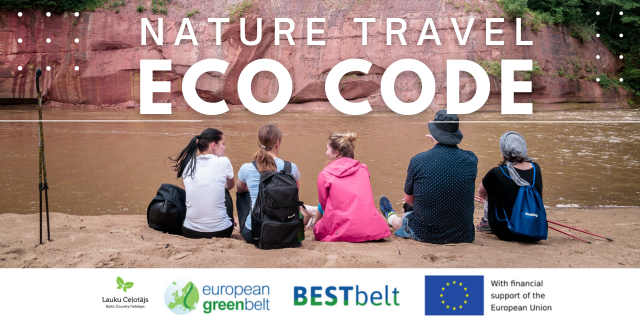Green advice when watching the environment, birds and animals
Bring more than just your eyes when you’re out in the environment – binoculars, a magnifying glass or even a microscope will allow you to see a very different world right alongside you. Even if you’re very erudite, bring a guide along with you. He or she will offer a whole lot of knowledge, and in a way that you’re not used to. If you’re going to be watching plants or animals, then do so from a distance. Don’t bother them when they’re resting or nesting. Use binoculars and please remember that the wellbeing of the animal is the important thing. Don’t trample. You wouldn’t trample on antique furniture or other treasures at home. Don’t’ focus only on rare plants and animals. Sometimes those that are in ample supply are the most interesting ones. Stay away from the nests or other accommodations of animals, particularly rare ones. Allow them to enjoy their own environment – they don’t come to our houses to bother us, after all. Leave things where they are, even if they’re fossils or seashells. They may not be alive, but they’re an important part of the environment and the ecosystem. Sooner or later you’d be tossing such things into the trash anyway. Don’t try to collect plants or animals for your collection. You’ll cause more harm than you can imagine You’re not a teenager – no graffiti, please. After all, you’d never leave graffiti on the wall of a baronial estate, a castle, a church or your own home. Best practice when bird-watching
Leave the birds alone Remember that all species of birds are equally important Protect the nesting places of birds Respect the rights of yourselves and others Write down your observations Share your knowledge thougfully - Try to learn more
Source: Latvian Ornithological Society Animal- watchingAnimal- watching is in the prefesence of a guide and in a small groups of one to five people is reccomendable. The process involves sitting around in special towers for several hours, which is why such tours are offered only when the temperature is above 0 C. You must bring water- resistant and comfortable shoes, warm and "quiet" apparel (it doesn't crincle or make other noise, and it is not in a noisy color). Bring binoculors and a camera.
Safety in the viewing tower
Before you scale a tower, look at the surrounding situation, because that is a location of incrised risk. You're responsible for your own safety when you're up on a tower, while responsibility for the condition of the tower rests with its owner or manager. Enjoy the view from a tower only if you have not drunk alcohol, taken intoxicating substances or medications, etc. Dont't let too many people scale the tower at once - the maximum number of people will be stated on a sign at the tower or in information from your guide. The tower will "dislike" it if you try to swing in back or forth or hang across or lean against its railings. Watch your cameras, telescopes, etc. - don't let them fall, because they might fall on someone. Stay off the tower if there is strong wind, a storm, or otherwise inappropriate meteorological or climate-related conditions (icy steps, etc.). The same is true if the tower is damaged- enjoy the view some other time or elsewhere. Don't carve your name on viewing towers, sandstone cliffs, trees, etc. - let's preseve natural and ultural heritage for the future, too.
- Other Green advice can see here.
|





